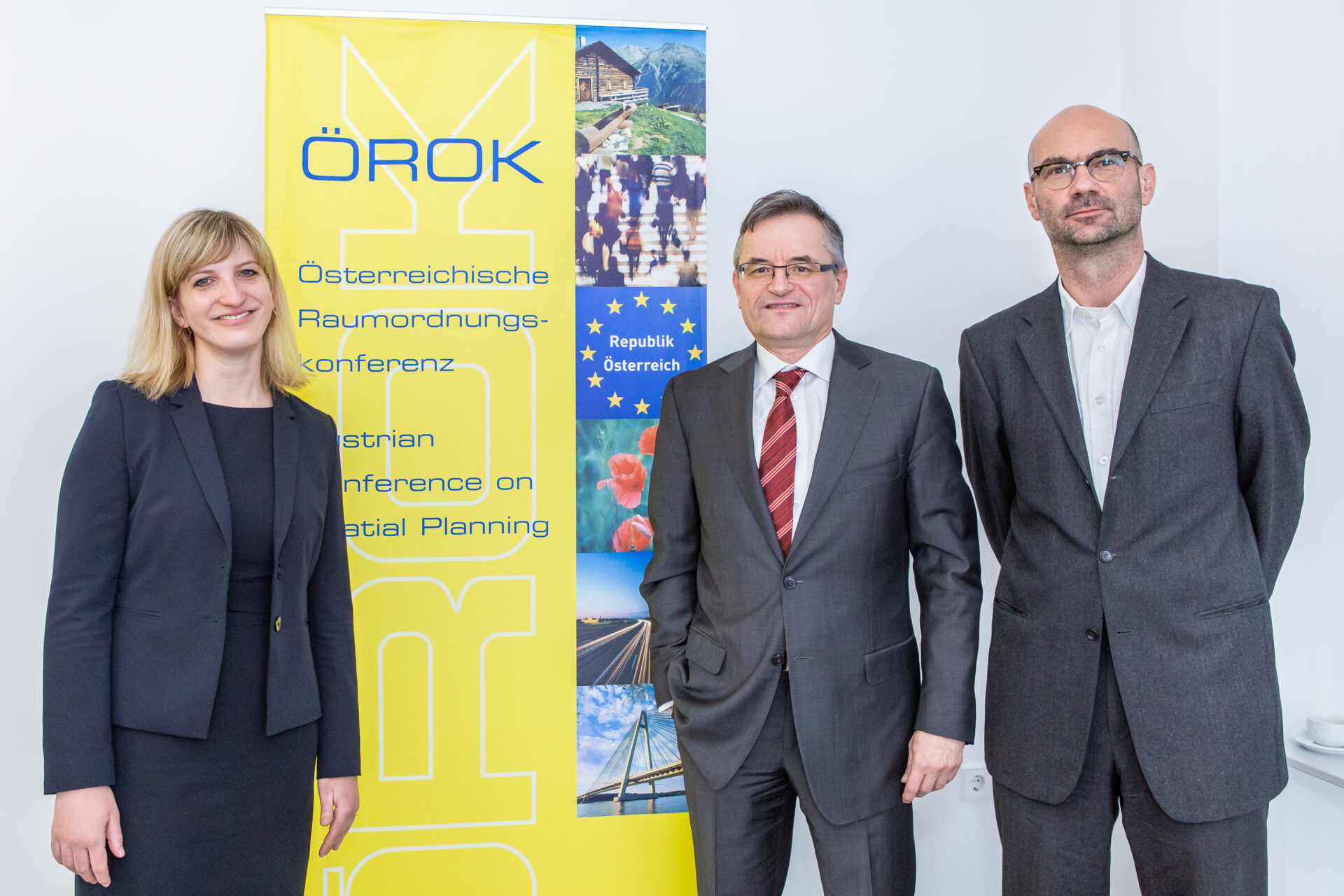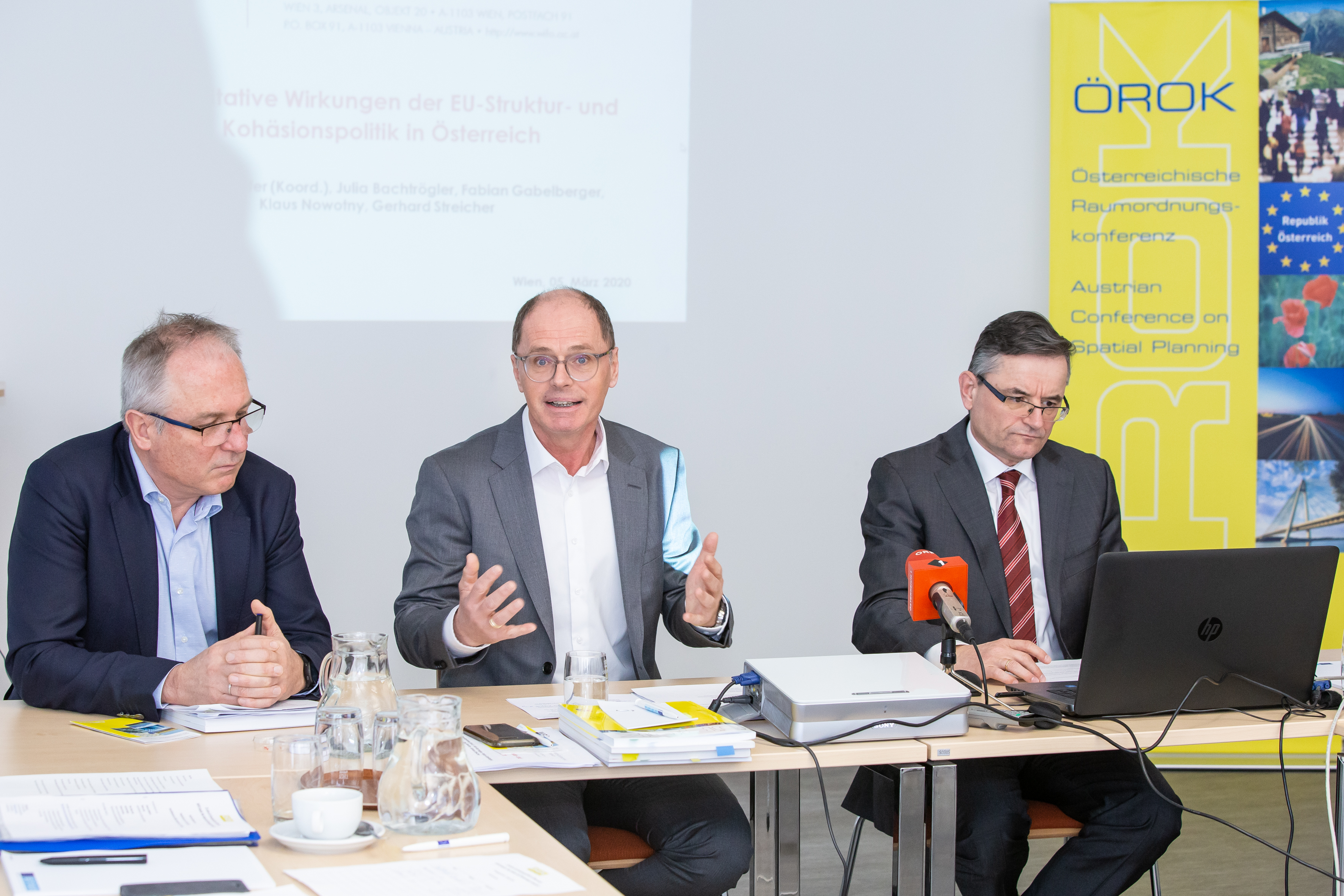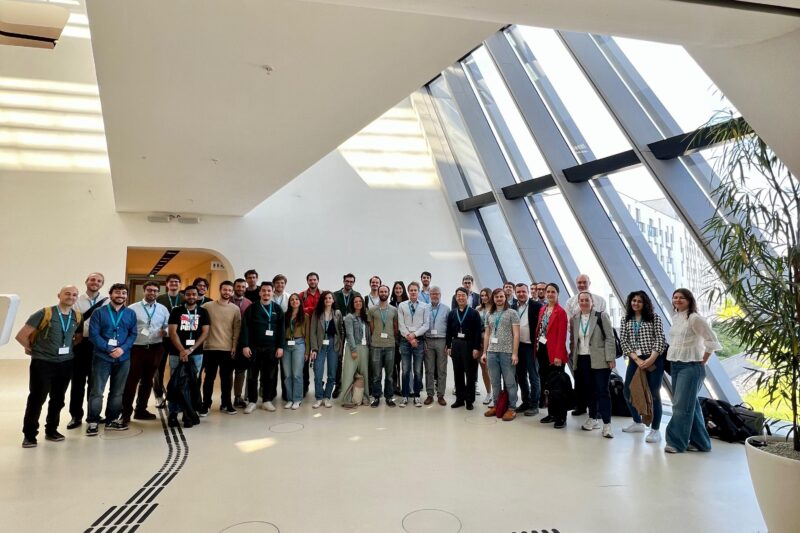
25 Years of EU Structural Policy in Austria
According to the results presented, the regional distribution of payments was largely "accurate" despite task-related differences in the payment structures of specific funds, i.e. funds were increasingly oriented towards regions with low population density or economic disadvantages. At the same time, the co-funded initiatives were also "effective" – with a positive and statistically significant correlation between funding intensity and regional growth as a consistent result. "A relevant contribution of the interventions of the European Funds to employment and value added as well as to the reduction of regional disparities in Austria thus seems to be ensured", says study author Peter Mayerhofer.
With its cross-fund analysis of the payments of all EU funds active in Austria (ERDF, EAFRD, EMFF, ESF), considering the entire period of impact of the interventions (1995-2017) as well as its impact at different regional levels (federal provinces, districts, municipalities), the WIFO study breaks new scientific ground in Austria.
"Our confidence in the validity of these results is based, on the one hand, on the fact that we were able to build our analysis on an information base, developed in the project, that is clearly superior to the current state of knowledge. Most importantly however, the largely consistent results of our 'multi-level' analysis allow such a conclusion to be drawn," explained co-author Julia Bachtrögler. On the basis of different methodological approaches and for different spatial levels, very similar results were obtained.
"Our results thus provide an evidence-based foundation for a continuation of these initiatives in the new funding period 2021-2027", said Mayerhofer, who also pointed out the limits of the WIFO analysis.
Thus, uncertainties remained regarding the causality of the identified (positive) correlations between ESIF funding and regional growth, but also regarding the influence of all other (non-ESIF) funding in Austria and its interaction with European funding. This is due to restrictions in access to individual data at the company level, but above all to a lack of information on the other funding activities of the various local authorities in Austria.
"Progress is urgently needed here. It would allow an improved impact analysis of the entire support system in Austria considering its spatial dimension and make it possible to place the results achieved here in the context of a larger overall framework", said Mayerhofer.
You can find further information here.
 Johannes Roßbacher and Markus Seidl from ÖROK with WIFO economists Peter Mayerhofer © ÖROK/sophisticated pictures
Johannes Roßbacher and Markus Seidl from ÖROK with WIFO economists Peter Mayerhofer © ÖROK/sophisticated pictures























